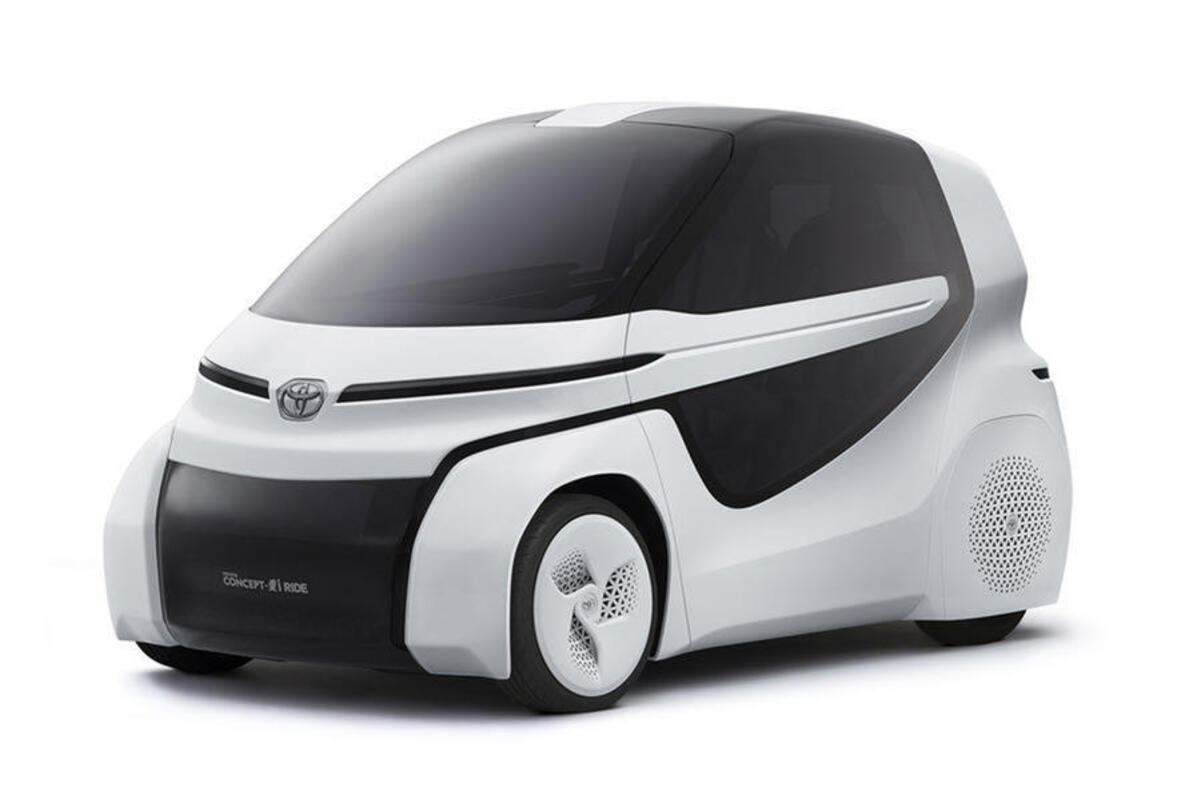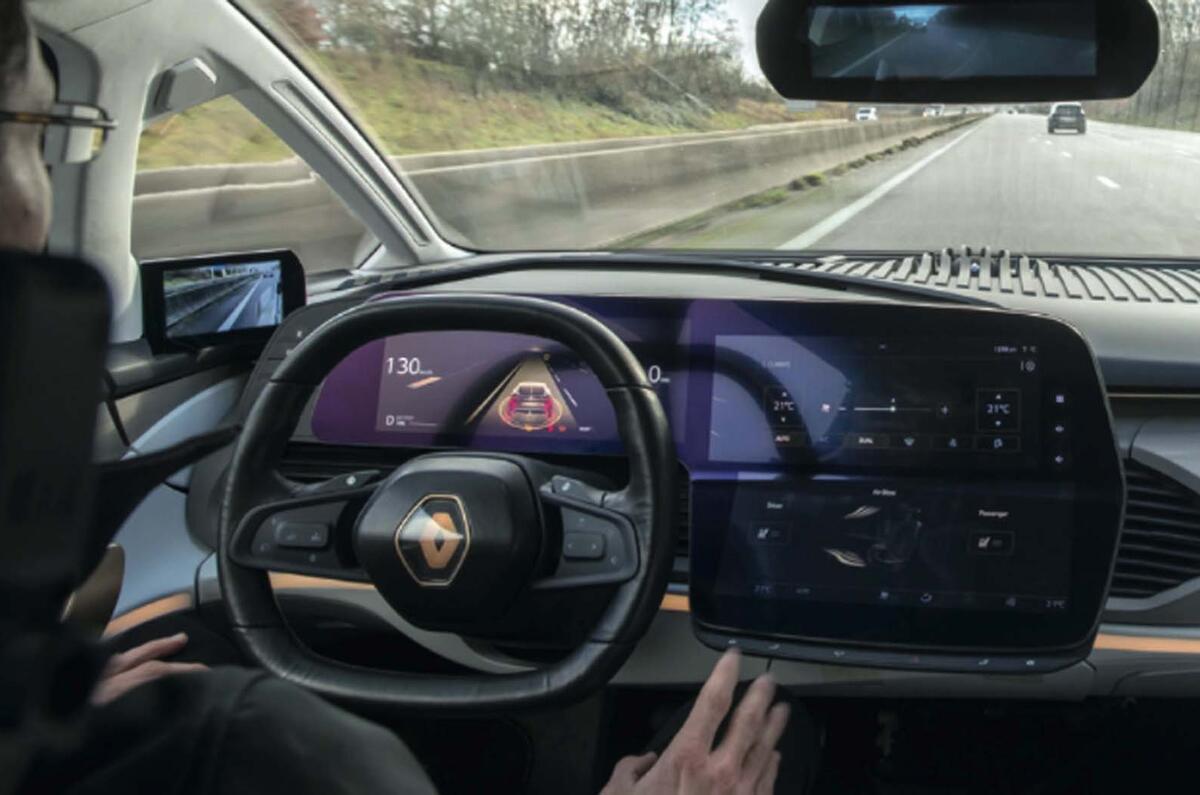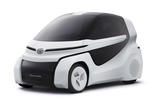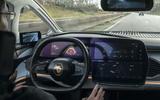The boss of Toyota’s Research Institute believes the classification system for autonomous driving levels is causing confusion over the progress being made in the development of self-driving vehicle systems.
The current framework was introduced by automotive body SAE International in 2014 and features six levels of autonomy. These range from zero (in which a system can only issue warnings to drivers) to Level 5 (for ‘steering wheel optional’ driving in which cars drive themselves).
Autonomous Jaguar I-Pace cars to hit roads as part of Google deal
Most manufacturers are currently working on Level 2 (defined as ‘hands off’), Level 3 (‘eyes off’) or Level 4 (‘mind off’). However, Toyota Research Institute boss Gill Pratt said the nuanced differences between the three levels is clouding the development race.
“It’s extremely important not to confuse the driving of levels with a gauge of where different companies are,” he said. “Level 4 autonomy depends on where you’re doing it [due to the need for cars to communicate with sensors], so you have to go a stage deeper.
“If you have a Level 4 car that has to be tested with safety personnel monitoring it constantly, then it’s not really Level 4, that’s Level 2. The hyper-focus on levels is not helpful in terms of what’s going on. The key is how many situations autonomous technology can handle.”
Pratt’s comments reflect confusion among drivers over the various levels. Tesla has introduced Level 2 features to its Model S car, but there have been a series of crashes caused by drivers not focusing on the road in readiness to regain control of their vehicle.
Read more
Self-driving car fleets 'will have human back-up'
Why Volkswagen, Hyundai and Byton are teaming up with self-driving start-up
Autonomous Jaguar I-Pace cars to hit roads as part of Google deal











Join the debate
Add your comment
sociology assignment
Both organizations have identified confusion among motorists over what these technologies are capable of, with a study claiming 71% of drivers globally and 53% of drivers in the UK sociology assignment believe you can purchase a fully self-driving car today.
law essay writing service UK
Toyota will launch its first so-called "second-level" autonomous car capable of driving on the highway as part of its strategy of developing driverless cars in the coming decades. Law essay writing service UK also write on this topic u also helped on this site
Write my essay
Although human drivers can always request control and there is always a cockpit in the car, level 4 is considered completely independent. While level 4 always requires the presence of the driver, at the next level of final autonomous driving, the car does not need the driver at all. Write my essay I need help to complete this topic.